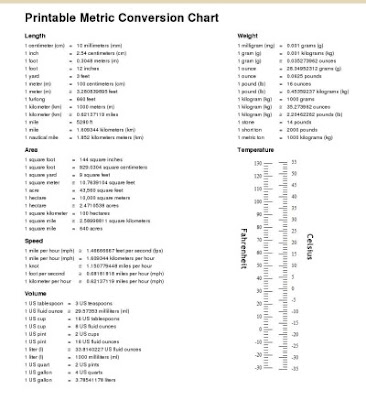Square root of 2 and Pythagoreans' shock
Last week I asked you two questions pertaining to the image below:

1) How does this connect with irrational numbers?
Well, the two sides and the diagonal form a right triangle. You can use Pythagorean theorem to find the length of the diagonal. My picture doesn't have any lengths but I was thinking about having the side to be 1 (that's the simplest way).
If both sides are 1 and diagonal is d, then Pythagorean theorem says:
d2 = 12 + 12
Solving that, you get d = √2
And, √2 is an irrational number.
So if the sides of the square are 1, then the diagonal is an irrational number (square root of 2).
2) How does this connect with history of mathematics?
Pythagoras was a philosopher in the 6th century B.C. who founded a philosophical school or 'cult' in southern Italy. They had some mystical beliefs, such as reality is mathematical in nature, certain symbols have mystical significance, that the whole cosmos is a scale and a number. Each number had its own personality - masculine or feminine, perfect or incomplete, beautiful or ugly. They believed the whole universe was ruled by whole numbers.
These Pythagoreans apparently proved the Pythagorean theorem at some point (though they weren't the first ones to find it), plus various other mathematical results.
Then, they also found that some numbers are irrational... And that was a "biggie".
See, before that time, everyone had believed that ALL numbers are rational (all numbers are whole numbers or fractions). But Pythagoreans were able to prove that the diagonal of square and its side are "incommensurable" - that you can't find a fraction so that the diagonal would be this fraction times the side. This discovery is usually attributed to Hippas.
The LEGEND says that Pythagoreans were at sea when Hippatus discovered this, and when he told his comrades about his finding, they became so upset that they threw him in the sea!
You see, to Pythagoreans, the whole universe was ruled by whole numbers - so finding a number that was not a ratio of two whole numbers was a disastrous blow to their philosophical beliefs. Went against the dogma, so to speak.
See more:
P.S. Remember what I said: history can help get kids interested in math. It provides further insight into the topic and can help us remember better, and even understand better.
Categories: geometry, history
1) How does this connect with irrational numbers?
Well, the two sides and the diagonal form a right triangle. You can use Pythagorean theorem to find the length of the diagonal. My picture doesn't have any lengths but I was thinking about having the side to be 1 (that's the simplest way).
If both sides are 1 and diagonal is d, then Pythagorean theorem says:
d2 = 12 + 12
Solving that, you get d = √2
And, √2 is an irrational number.
So if the sides of the square are 1, then the diagonal is an irrational number (square root of 2).
2) How does this connect with history of mathematics?
Pythagoras was a philosopher in the 6th century B.C. who founded a philosophical school or 'cult' in southern Italy. They had some mystical beliefs, such as reality is mathematical in nature, certain symbols have mystical significance, that the whole cosmos is a scale and a number. Each number had its own personality - masculine or feminine, perfect or incomplete, beautiful or ugly. They believed the whole universe was ruled by whole numbers.
These Pythagoreans apparently proved the Pythagorean theorem at some point (though they weren't the first ones to find it), plus various other mathematical results.
Then, they also found that some numbers are irrational... And that was a "biggie".
See, before that time, everyone had believed that ALL numbers are rational (all numbers are whole numbers or fractions). But Pythagoreans were able to prove that the diagonal of square and its side are "incommensurable" - that you can't find a fraction so that the diagonal would be this fraction times the side. This discovery is usually attributed to Hippas.
The LEGEND says that Pythagoreans were at sea when Hippatus discovered this, and when he told his comrades about his finding, they became so upset that they threw him in the sea!
You see, to Pythagoreans, the whole universe was ruled by whole numbers - so finding a number that was not a ratio of two whole numbers was a disastrous blow to their philosophical beliefs. Went against the dogma, so to speak.
See more:
P.S. Remember what I said: history can help get kids interested in math. It provides further insight into the topic and can help us remember better, and even understand better.
Categories: geometry, history


Comments